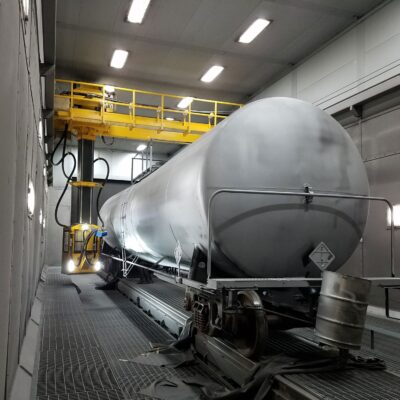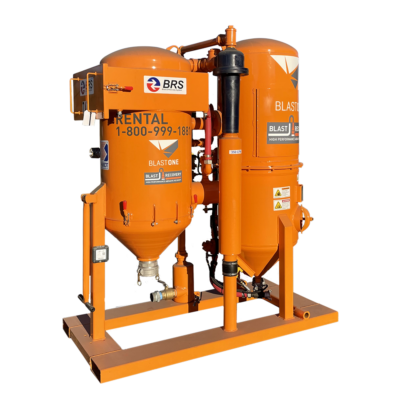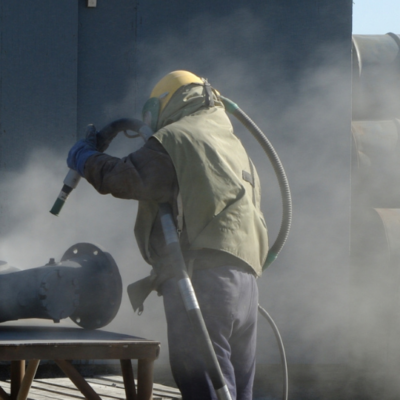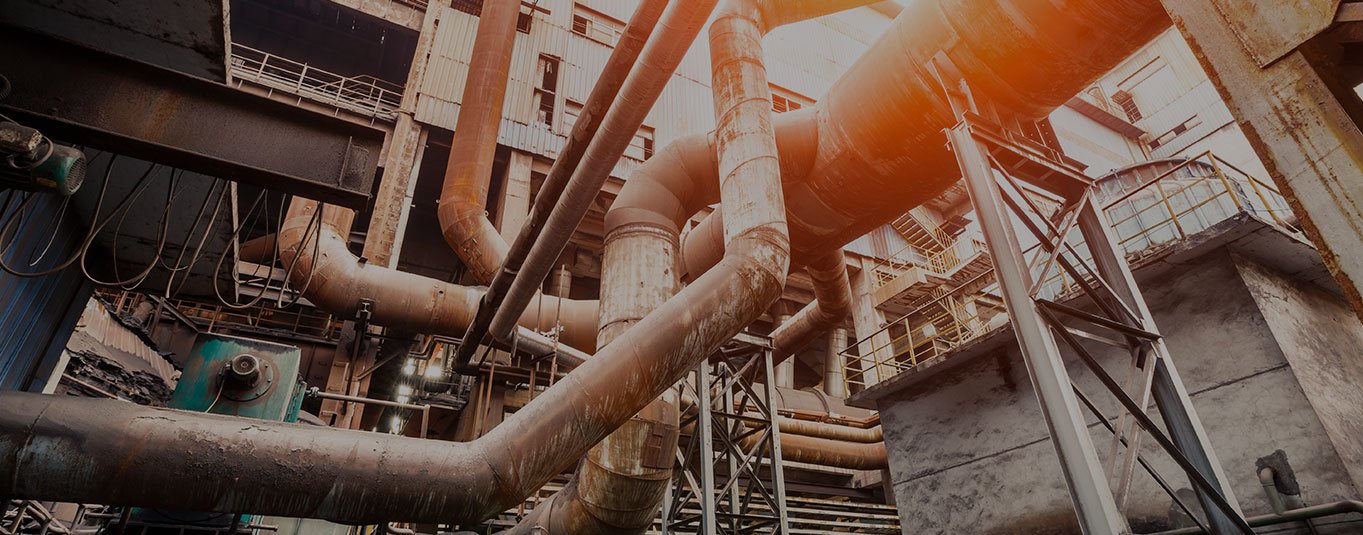OVERVIEW
Our client is a railcar repair facility located in the United States. We added a second 100HP vacuum unit to their existing grit recovery system.
SOLUTION
Client wanted to use existing recovery system under the rails. It was important to have sealed connection from the vacuum unit. This will prevent overflow from backups. A unique grit dispersal system was created. This stops overloading the screw auger on the main recovery chute.
Prevent overflow.
Use existing recovery system.
Generate considerable savings.

RESULTS
This is the second vacuum unit purchased by client. They are both used daily and working great. Client is happy with the product. They salute BlastOne for exceptional workmanship and quality.
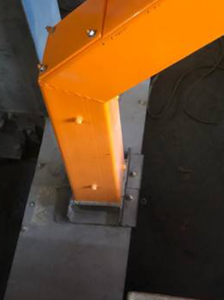
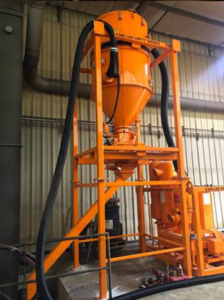
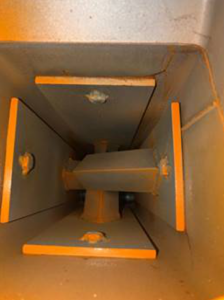
WHY USE A VACUUM SYSTEM
Half of a blasting project’s cost is abrasive recovery. Rising labor costs add to the need an even more efficient recovery system. A man, a shovel and a wheelbarrow is now too slow. To increase the recovery rate, use a vacuum system. Power for these systems is diesel or electric. One operator can now recover as much spent material in an hour as six operators could previously. Systems are available to recover from 5-50 t/hr. Recovered abrasive can be recycled or disposed of. With a vacuum recovery system, you can transfer new abrasive into a storage hopper or blast machine.
FREQUENTLY ASKED QUESTIONS
How much compressed air will I need?
You will need 350-900 cfm for Vacuload I and IV. Ideally, use a separate compressor than the blast pot’s compressor. Vacuload VI and VII have an on-board compressor. This pulses the dust collector. The recovery vacuum is created by an on-board blower.
How close does the vacuum need to be to the collection point?
The closer you can get the vacuum to the collection point. Anything more than 2 or 3 200′ lengths of vacuum hose should be avoided.
Does the spent abrasive collect in away that aids efficient disposal/reuse?
Commonly 3 options are available for collecting the spent abrasive.- Into a 44 gal. drum.
- Into a bulk bag.
- Directly into the blast pot.
How easy are Vacuload 6 and 8 units to tow?
They are designed for yard towing only, not highway towing. They have a low center of gravity while being maneuvered.
What size vacuum hose does a Vacuload take?
- I Vacuload – 3″
- IV Vacuload – 4 to 6″
- VI Vacuload – 4 to 6″
- VII Vacuload – 4 to 6″
How much fuel do the diesel units consume in an hour?
- Vacuload VI – 8 gals.
- Vacuload VII – 10 gals.
POWERFUL VACUUM FOR FAST JOB SITE CLEAN UP
VACULOADING A BULK POT
THE BENEFITS OF BULK BLAST POTS
DUST SLOWS PRODUCTION AND WASTE MONEY
CASE STUDIES
Contact BlastOne
We love to talk to customers and help them make the best decisions when purchasing equipment.
You can reach us via our Live Chat, Email, Phone, and Online Form.
 My Account
My Account

